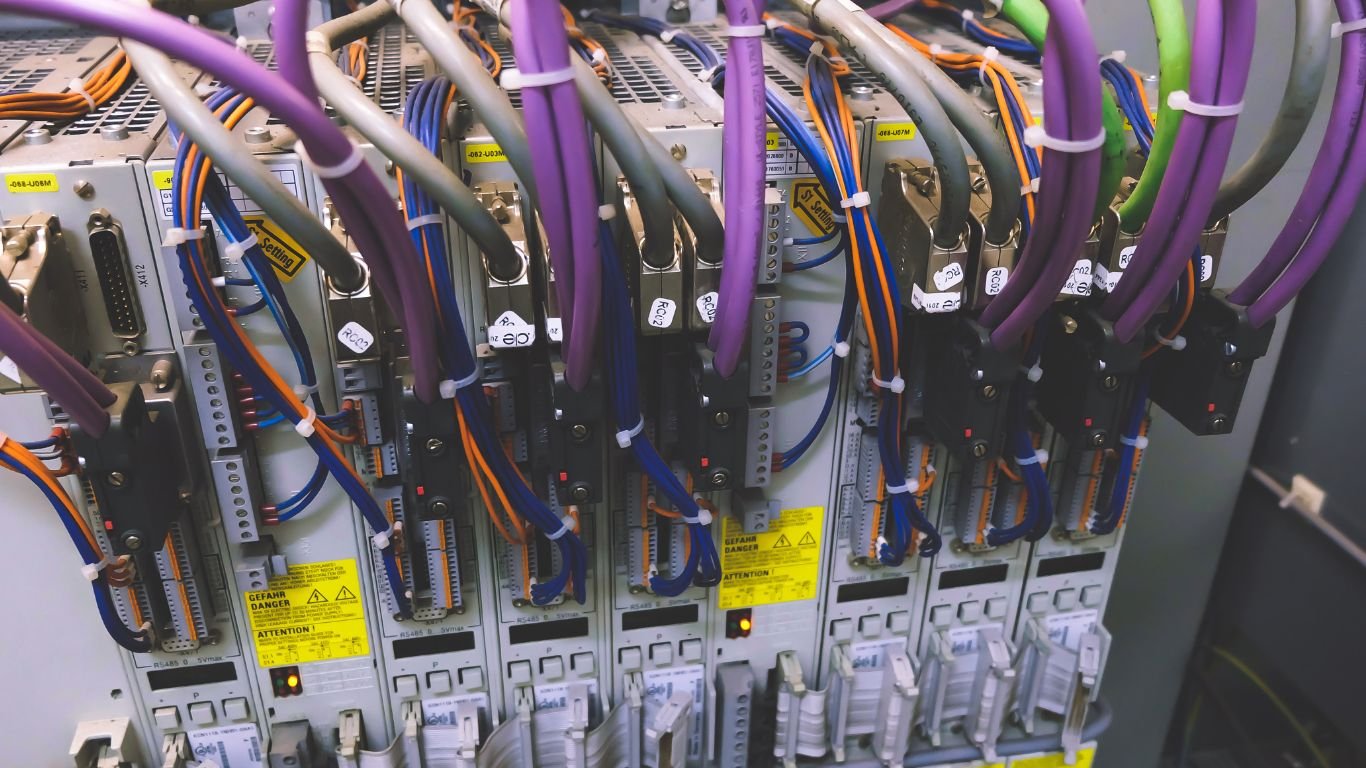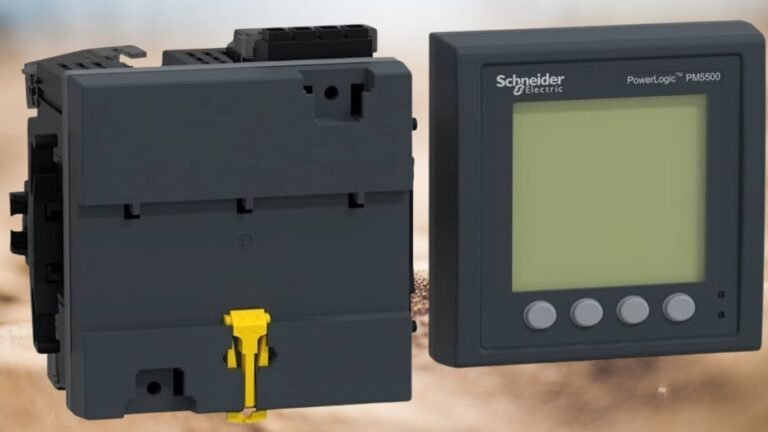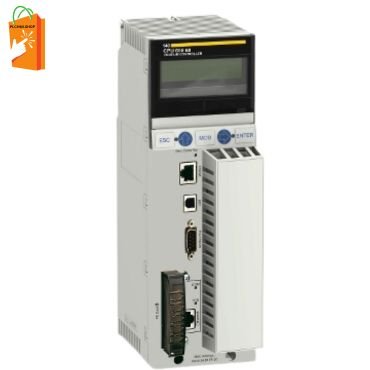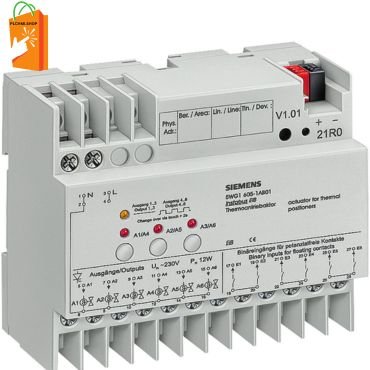Successful PLC Integration in Manufacturing
In today’s fast-paced manufacturing environment, the need for efficient, reliable, and flexible control systems is more crucial than ever. Programmable Logic Controllers (PLCs) have emerged as a vital component in achieving these goals, offering a robust solution for automating complex industrial processes. This article explores the successful implementation of PLCs in a manufacturing process, highlighting the key benefits, challenges, and steps to ensure a seamless integration.
What is a PLC?
A Programmable Logic Controller (PLC) is a specialized computer used to control industrial machinery and processes. Unlike general-purpose computers, PLCs are designed to withstand harsh industrial environments, providing high reliability and real-time processing capabilities. They are used to automate tasks such as controlling machinery, monitoring production lines, and managing various automated processes within a manufacturing setting.
Key Benefits of Implementing PLCs
1. Improved Efficiency and Productivity
PLCs enable manufacturers to automate repetitive and complex tasks, leading to significant improvements in efficiency and productivity. By automating processes, manufacturers can reduce cycle times, minimize human errors, and ensure consistent product quality. PLCs also allow for quick adjustments to production lines, accommodating changes in product design or production volume without significant downtime.
2. Enhanced Flexibility
One of the primary advantages of PLCs is their flexibility. They can be easily reprogrammed to adapt to new production requirements, making them ideal for environments where product lines frequently change. This flexibility extends to the ability to integrate with other systems, such as Human-Machine Interfaces (HMIs) and Supervisory Control and Data Acquisition (SCADA) systems, enabling comprehensive control and monitoring of the manufacturing process.
3. Increased Reliability
PLCs are built to operate in demanding industrial environments, with features like resistance to vibration, temperature extremes, and electrical noise. This reliability ensures that manufacturing processes can continue uninterrupted, reducing the risk of costly downtime. Additionally, PLCs offer diagnostic capabilities that allow for quick identification and resolution of issues, further enhancing system reliability.
4. Cost Savings
While the initial investment in PLCs can be significant, the long-term cost savings are substantial. Automation reduces the need for manual labor, lowers energy consumption by optimizing processes, and minimizes material waste. Over time, these savings can offset the initial cost of implementing PLCs, making them a cost-effective solution for manufacturers.
Steps for Successful Implementation of PLCs
1. Define the Scope and Objectives
Before implementing PLCs, it is crucial to define the scope and objectives of the project. This includes identifying the processes to be automated, the desired outcomes, and the performance metrics to be used. Clear objectives will guide the selection of appropriate PLC hardware and software and ensure that the implementation aligns with the overall goals of the manufacturing process.
2. Select the Right PLC
Choosing the right PLC is critical to the success of the implementation. Factors to consider include the complexity of the process, the number of inputs and outputs required, the need for integration with other systems, and the environmental conditions in which the PLC will operate. It is also essential to consider the scalability of the PLC, ensuring that it can accommodate future expansions or changes in the manufacturing process.
3. Develop a Detailed Plan
A detailed implementation plan is essential for ensuring a smooth transition to automated processes. This plan should outline the installation process, including wiring, programming, and testing. It should also include a timeline for implementation, allowing for adequate time to address any issues that may arise during the process.
4. Program and Test the PLC
Programming the PLC is a critical step in the implementation process. The program should be designed to meet the specific needs of the manufacturing process, taking into account the logic required to control machinery and processes effectively. Once programmed, the PLC should be thoroughly tested to ensure that it operates as intended and that all inputs and outputs function correctly.
5. Train Personnel
Proper training is essential to the success of PLC implementation. Operators, maintenance personnel, and engineers should be trained on the operation, troubleshooting, and maintenance of the PLC system. This training ensures that the staff can effectively manage the automated processes and respond quickly to any issues that may arise.
6. Monitor and Optimize
After the PLC has been implemented, it is important to continuously monitor its performance. This includes tracking key performance indicators (KPIs) such as production rates, downtime, and energy consumption. Based on this data, adjustments can be made to optimize the PLC’s operation, ensuring that the manufacturing process remains efficient and cost-effective.
Challenges in Implementing PLCs
While PLCs offer numerous benefits, their implementation is not without challenges. Some common challenges include:
- Complexity of Programming: Developing the logic for complex processes can be challenging, requiring skilled programmers with experience in PLC systems.
- Integration with Legacy Systems: Integrating PLCs with existing equipment and systems can be difficult, especially in older facilities where legacy systems may not be compatible with modern PLC technology.
- Initial Costs: The initial investment in PLC hardware, software, and training can be high, which may be a barrier for some manufacturers.
Conclusion
The successful implementation of PLCs in a manufacturing process can lead to significant improvements in efficiency, flexibility, reliability, and cost savings. However, achieving these benefits requires careful planning, the selection of the right PLC, and ongoing monitoring and optimization. By addressing the challenges and following best practices, manufacturers can fully realize the potential of PLCs, transforming their production processes and gaining a competitive edge in the market.
Contact
Reach out to our team by phone: (+1) 416 840 4997 or by email: sales@plchmi.shop Check out our website, PLCHMI.shop, for more information on industrial automation products.







